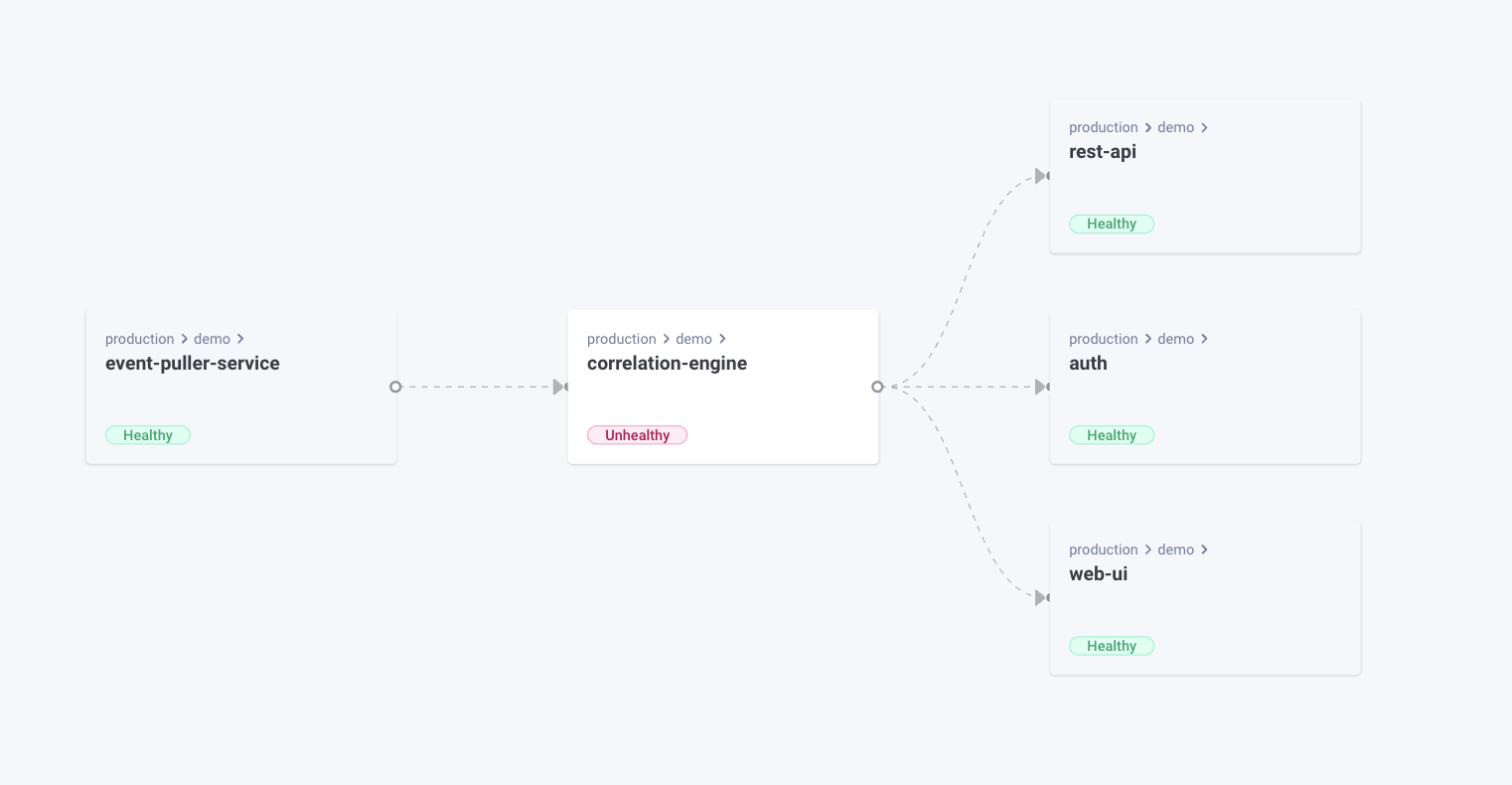Introduction
Have you heard about eBPF? It’s the technology that’s set to transform the Kubernetes landscape. In this article, we’ll explore what eBPF is and why it’s poised to become the next big thing in Kubernetes. But here’s the catch – despite its game-changing potential, it seems that few people are truly aware of its impact. Let’s delve into the details and discover why you should care.
Understanding eBPF
Before we dive into its implications for Kubernetes, let’s start by understanding what eBPF (extended Berkeley Packet Filter) actually is. In simple terms, eBPF is a powerful technology embedded within the Linux operating system. It allows developers to safely add custom code to the kernel, enabling monitoring, analysis, and modification of its behavior. With eBPF, we can enhance performance and flexibility without modifying the kernel’s source code directly.
Here’s the official definition from eBPF.io:
eBPF is a revolutionary technology with origins in the Linux kernel that can run sandboxed programs in an operating system kernel. It is used to safely and efficiently extend the capabilities of the kernel without requiring to change kernel source code or load kernel modules.
Historically, the operating system has always been an ideal place to implement observability, security, and networking functionality due to the kernel’s privileged ability to oversee and control the entire system. At the same time, an operating system kernel is hard to evolve due to its central role and high requirement for stability and security. The rate of innovation at the operating system level has thus traditionally been lower compared to functionality implemented outside of the operating system.
Unleashing the Power of K8s + eBPF
Combining Kubernetes (K8s) with eBPF creates a formidable partnership. Kubernetes’ standardization capabilities and the Container Network Interface (CNI) initiative lay the foundation for eBPF to shine. This combination empowers seamless consistency across clusters, cloud environments, and beyond. Now, let’s explore the compelling use cases for eBPF in Kubernetes:
1. Security and Isolation
By utilizing eBPF, you can implement robust security features within Kubernetes. Control system calls made by containers, enforce network policies to restrict inter-container communication, and elevate the overall security posture of your Kubernetes environments.
2. Multi-Cluster Capabilities
eBPF enables intelligent load balancing, service discovery, network policy enforcement, and traffic routing across multiple Kubernetes clusters. This facilitates seamless connectivity, enhances security, and fosters efficient communication between applications deployed across diverse clusters.
3. Observability and Tracing
With eBPF, you gain powerful observability tools that provide real-time tracing and monitoring of system and application performance. Enjoy deep insights without significant performance impact.
4. Seamless Integration and Adoption
The beauty of eBPF lies in its seamless integration with Kubernetes’ CNI and its native primitives. Within seconds, you can harness the super capabilities offered by eBPF. However, always remember to validate its suitability for your specific use case and configurations. Trust, but verify – especially in real production workloads.
5. Leading CNI Solutions and Observability Tools
In the world of CNIs, prominent names such as Cilium (by Isovalent), Calico (by Tigera), and WeaveNet (by Weaveworks) dominate the landscape. These tools have become go-to choices for security and networking capabilities. Additionally, observability solutions like Groundcover and Pixie Labs (acquired by New Relic) have emerged as key players. It’s evident that larger organizations are increasingly relying on these tools, indicating a future where eBPF becomes the industry standard.
6. The Low-Level Magic
You might wonder why I stated that “no one will really care” about eBPF in the beginning. The answer lies in the fact that eBPF operates at a low-level, close to the kernel. Most users won’t interact directly with its mechanisms but will experience its benefits as black-box magic. Similar to how users are often unaware of the intricacies of the Kubernetes network protocol, eBPF’s power will be transparent to them. Nonetheless, as an enthusiast, I find eBPF an incredibly interesting technology, and I eagerly anticipate its evolution.
Conclusion
eBPF’s potential to revolutionize Kubernetes is undeniable. Its ability to enhance security, enable multi-cluster connectivity, and provide powerful observability tools positions it as a game-changer. While its workings may remain hidden from most users, the impact will be felt throughout the Kubernetes ecosystem. Feel free to share your thoughts in the comments or reach out directly if you have any questions or suggestions.
Additional Resources
For a deeper dive into eBPF and its applications in Kubernetes, check out these links:
- Old but gold: [**https://kubernetes.io/blog/2017/12/using-ebpf-in-kubernetes/**]
- A comprehensive comparison of different tools: [**https://platform9.com/blog/the-ultimate-guide-to-using-calico-flannel-weave-and-cilium/**]
- CNI benchmarking: [**https://cilium.io/blog/2021/05/11/cni-benchmark/**]
- Exploring multi-cluster support: [**https://cilium.io/blog/2019/03/12/clustermesh/**]



